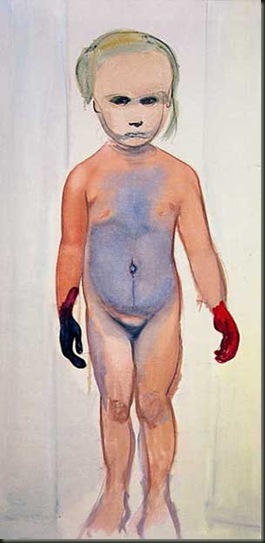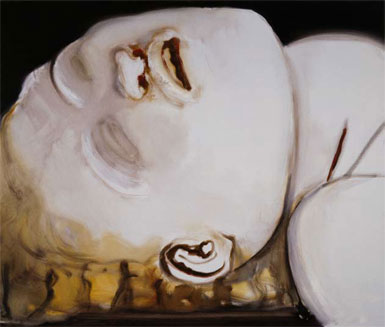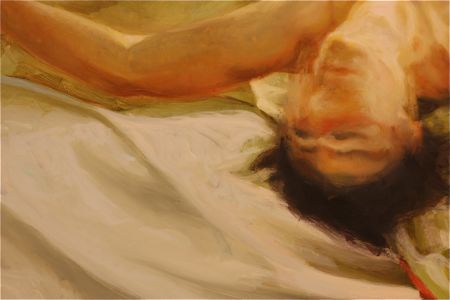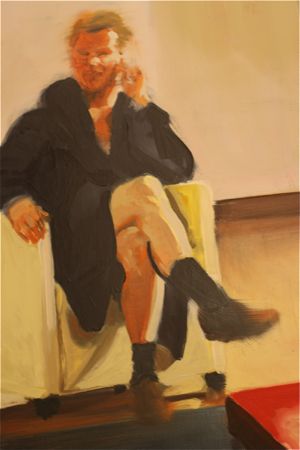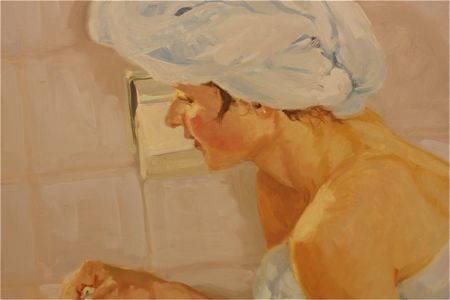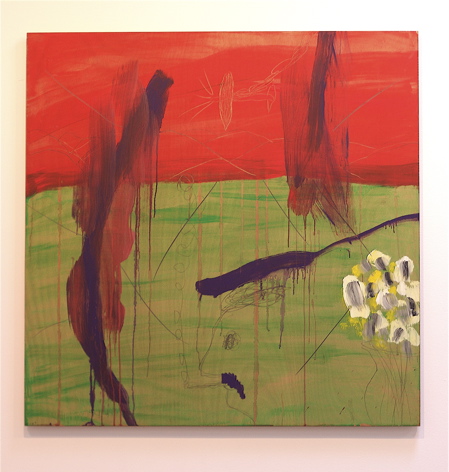
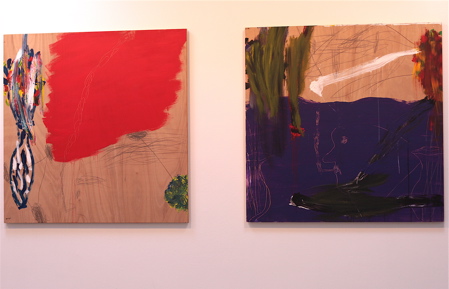
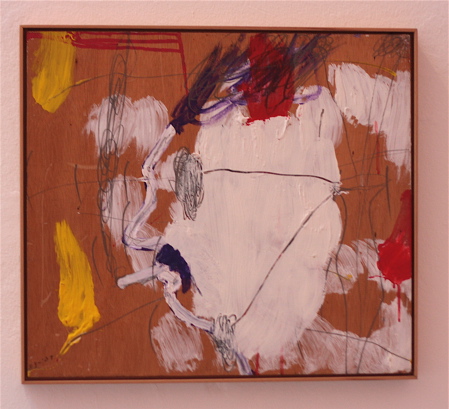
Raffi Lavie (1937-2007) Late Israeli artist representing Israel at the 53rd International Biennale in Venice.
A painter, educator, art critic, music connoisseur, and curator. The most central, charismatic figure in the art scene in Israel for the past four decades until his death in 2007.
Influenced by Paul Klee, Jean Dubuffet, and Robert Rauschenberg, as well as by local artists such as Aviva Uri and Arie Aroch, he introduced the avant-garde of his time to Israel by adapting its components into a local discourse. Lavie was the founder of the “10+” group which started its activities in 1965 in a series of theme exhibitions that brought home current international trends.
He was also the key figure in the style that formed around him in the 1970s, which would become known as the “Want of Matter” due to its adherence to inexpensive, ascetic materials such as plywood, and the use of collage; a style associated with the city of Tel Aviv, conveying urban, secular, local values untainted by the narratives of any given ideology.
In some respects, Lavie succeeded in distilling an Israeli aesthetic; by giving it form, he reaffirmed the ethos of the place. His genius stems from the fact that his art reflects our values, ideals, and aspirations that have gone awry. An exhibition of Raffi Lavie’s work at the present Biennale attests to the yearnings invoked by his art, forcing us to question what is it that we wish to remember, and why this therapeutic memory has the taste of urgency.
Observing Lavie’s works, two qualities stand out: the child-like painting, and the obsessive erasure of images via scribbling, carving, and generous color strokes. These practices are connected to his perception of the periphery’s double role as an actual place and as a spiritual dimension. The acts of erasing and starting anew are closely related to Lavie’s cultural heritage as an Israeli and a Jew. Working from within a scopophobic tradition, far-removed from any center, he created an idiosyncratic language, specific to the place, its needs, and desires. (Biennale Information Note on the painter)
——————————————————————————————
Despite of bearing similarities and invoking comparisons to other artists and trends in the contemporary art (mostly to Cy Twomby, abstract expressionist art or Outsiders Art) Lavie’s works stand out as singularities – created outside the mainstream of art-world, by an alpha – individual, they got that sort of an authority and idiosyncrasy about them, which makes them both commanding and closed to any simplified, superficial reading.
When I entered the Israeli Pavilion in Giardini I saw these works as a manifest of pure, raw creativity without any superfluous conceptual or political scaffolding around them. Their predominant whites and reds brought to mind the troubled history of the land they were created in, the simplicity of the technique and modest materials (plywood) had the power of some explosives, instead of undermining the message. Some of the paintings were arranged on a wall as a sort of an assemblage in paint telling a story perhaps, or just supporting each other in the common struggle for the survival in viewers’ eyes and minds.
All that felt fresh and inspiring after some hours spent in the national pavilions of the 53rd Biennale. I saw Raffie Lavie as one of those really good artists, which are rare to be found nowadays, partly because they don’t necessary seek any wider recognition. I read his paintings as a personal statement, personal one-man exhibition and as a comment on his and his land human condition. A that was a sort of a relief to experience in Venice, among the sea of (just) entertaining, ‘smart’, in parts dull and often painfully self-conscious art about art…





